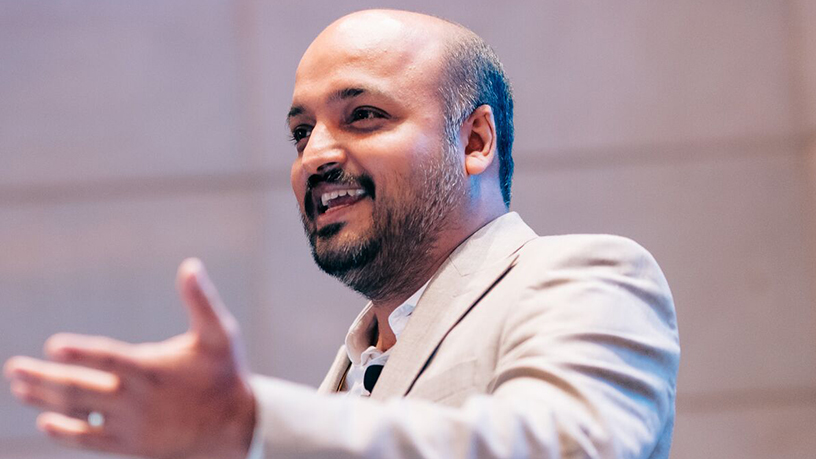While every organisation wants to produce amazing products and services, designing and implementing a good customer experience (CX) can prove challenging without a concise strategy in place.
This was the word from Deepak Prabhu, VP of global consulting and services company Nihilent. The company partners with organisations in their business change programmes to uncover emerging customer and market dynamics, reframe CX strategies and identify opportunities.
Delivering a presentation titled, `Interaction Design: Customer Experience Deconstructed’, at the ITWeb CX 2019 Summit, held in Johannesburg yesterday, Prabhu said that oftentimes, organisations spend an exorbitant amount of money on designing innovative products and solutions such as mobile apps and digital services, but it all becomes a huge waste when the CX does not live up to the same standard.
Designing a CX strategy, with the customer or user experience at the forefront of decision-making, is the answer, he pointed out.
“Organisations have to get their priorities right when designing a product by focusing on how they are going to design the CX. The key element is to first focus on designing the user experience and then the product. This can be successfully achieved by following three key steps: consider the customer’s situation, re-imagine a better situation, and, thirdly, act to create it.”
Step one – considering the current situation of the customer – entails observing everyday human situations and the challenges faced by your target market in their daily life. Re-imagining a better situation focuses on how the customer could improve their life and eliminate their challenges through the use of your product, he said.
After reimagining it, the product or solution can now be built, initially by creating a prototype – this phase can be a continuous refinement process.
“Stage one and two are important because organisations need to understand who their target market is, what’s important to them and what their everyday experiences are like.
“Stage three cannot be meaningful without stage one and two. In many instances, we see organisations that have created innovative mobile apps that get a fair number of downloads, but with very few customers actually using them – this is because they are not co-creating the product to suit the end-user’s requirements.”
Early this year, Nihilent launched a customer experience lab that uses a patented design-thinking framework and analytical tools to identify cognitive and emotional triggers as well as non-verbal modalities of user experience with the goal of further humanising the interaction between users and technology.
The lab aims to help organisations accomplish their goals and increase their revenues by stimulating innovation and refining their products and services through re-designing or refining their CX strategy.
“Delivering a great CX helps to craft a journey stringing together designed interactions that offer consumers the best of experiences, resulting in not only making the customer happy, but also a significant return on investment, which can lead to additional revenue,” said Prabhu.



